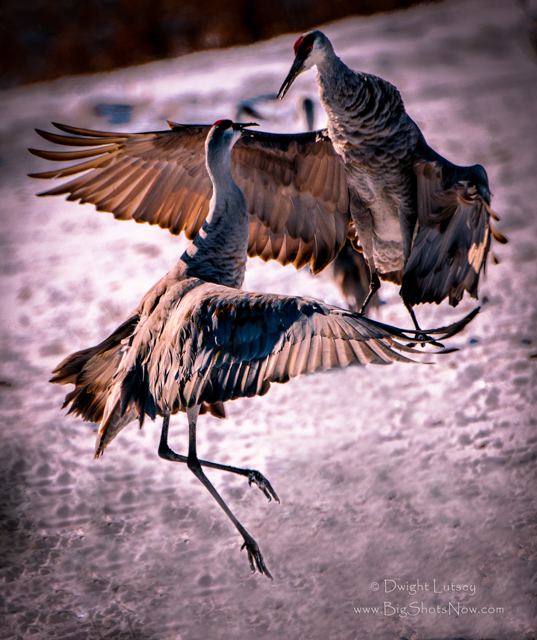
Sandhill cranes are one of the bird species that uses dance as part of their mating ritual. Many species do this but since we’re talking about Sandhill cranes we don’t care about them. In fact let’s ignore them entirely. They can get their own post from some other blogger.
Sandhills have a unique childhood as they are constantly uprooted, traveling back and forth between various nesting and feeding grounds, never staying in one place for more than a few months. They are the avian equivalent of the Roma or as they ‘re more commonly known, travelers, or gypsies. Consequently they have developed some bad habits such as stealing grain out of farm fields, throwing raucous parties where they spend the day singing ribald songs and dancing, and consequently are unwelcome in many of the areas they frequent.
It’s the dancing we’re addressing in this post. The uninhibited, wildly abandoned, provocative dancing. This is primarily a “G” rated blog but occasionally we come across behavior that we simply must point out so that you, the reader, can take what ever protective measures you choose to keep your children, or even yourselves, from being unduly influenced by this hedonistic display of licentiousness.
We were shocked when we came across this overt display in the normally sedate Bosque del Apache bird refuge in southern New Mexico. This is a place where thousands of birds congregate during the winter. Snow geese, Ross’s goose, ducks of all kinds and you could move from one place in the refuge to another and see these various birds and ducks behaving in a civilized, normal manner, and aside from an infrequent squabble, never exhibiting any aberrant behavior.
But then this quiet garden of Eden was discovered by the travelers, or lets call a bird a bird, the Sandhill cranes. Suddenly the harmony of this gentle resting place was shattered all to heck, excuse us but an event like this moves us to use harsh language, by the arrival of flocks upon flocks of these noisy, argumentative, unapologetic, cranes and everything changed.
Suddenly the blatant exhibition of their sexually charged mating rituals, which they held right out in the open for anyone to observe, was rampant. Everywhere you looked there was dancing, and as the more worldly among you surely know what that leads to, we don’t need to follow that path to its conclusion.
Surely a group of individuals whose moral compass has gone so wildly astray could not prevail but sadly, that is not the case. Due to their unrestricted behavior there are now thousands more of these Sandhill cranes and there has been a huge effect on the surrounding areas. Where once this had been a quiet farming area, now the fields are decimated by the hungry opportunistic cranes. Farms have been abandoned and the empty homesteads litter the edges of the refuge. What were once prosperous farms have been turned into the playgrounds of these dancing, squawking, devil-may-care, footloose wanderers.
Above you can see two of these young cranes beginning what is one of the favorite dances of these unfortunately immoral birds, the Tango. Brought up from South America by a group of Argentinian travelers and introduced to their naive American cousins this new dance has swept through the flocks like the pox it is. Now you can see countless pairs of Sandhills performing this dance before heading into the privacy of the surrounding reeds to complete their mating ritual.
Unfortunately there doesn’t seem to be any antidote to this terrible affliction and all we can expect is to see more and more of it in the future. One hesitates to use the word shameful on a group of individuals whose only way of defending their actions is by a strangled sort of gargling that is their voice, but for civilized people it is hard to accept their licentiousness. At this point we are suggesting that the public refrains from bringing small children to the refuge during what is now called the mating season. We hope that by person-cotting the refuge the birds will get the hint to tone down their behavior and we’ll see the last tango at Bosque.
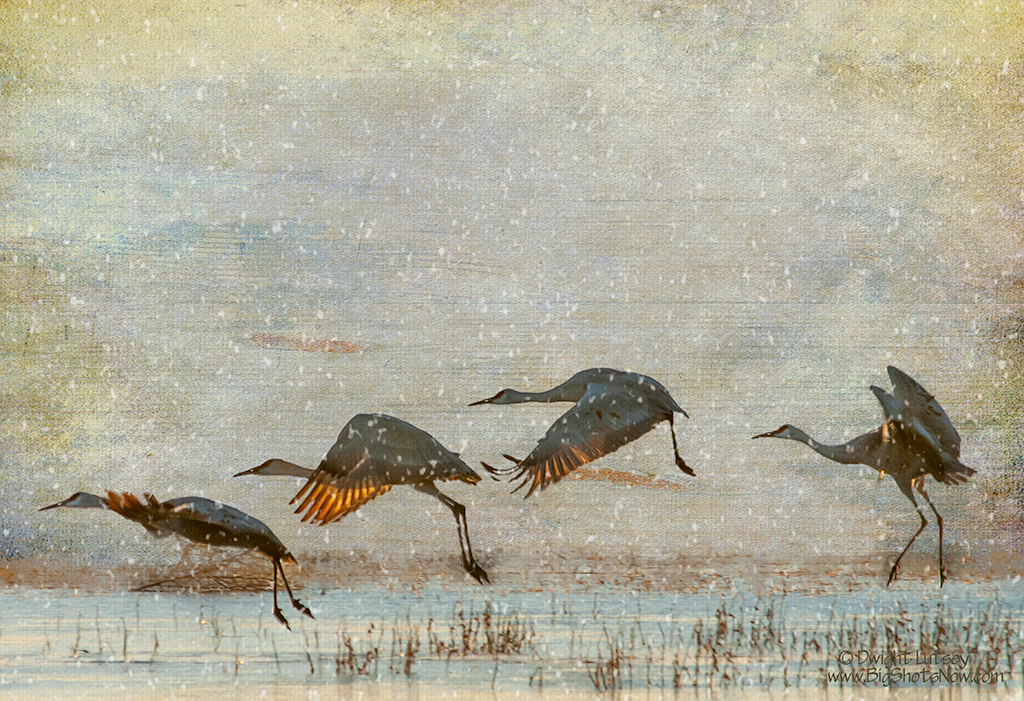

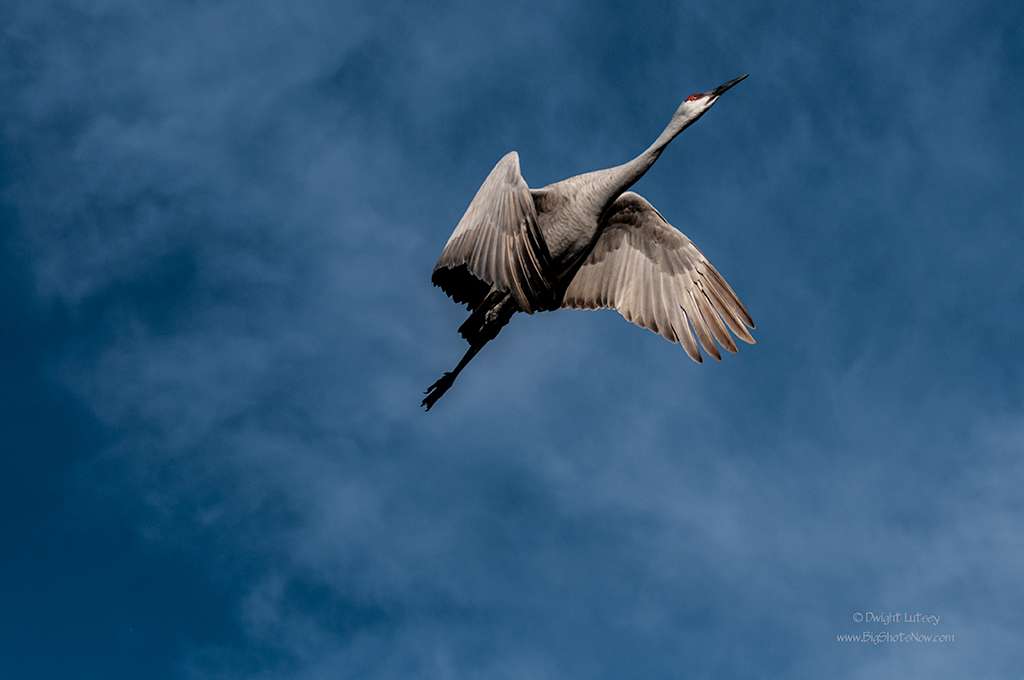
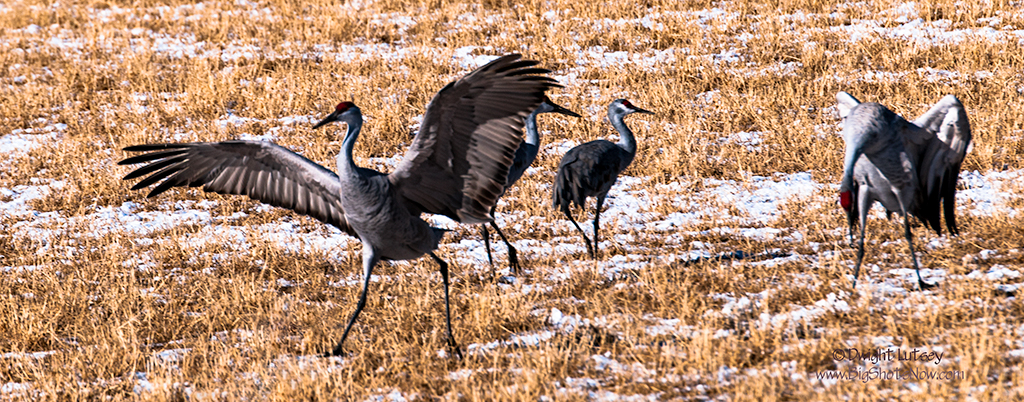
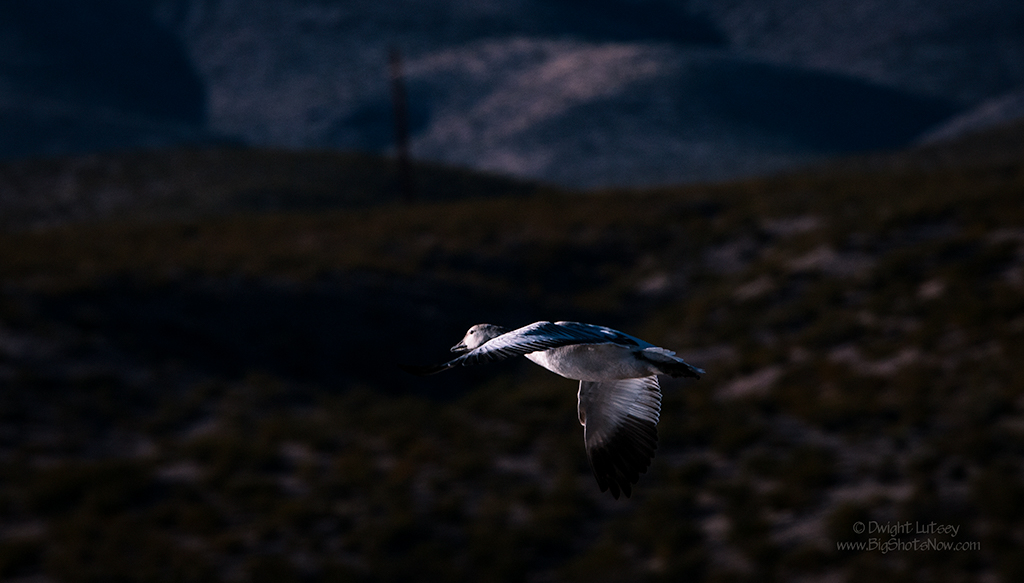
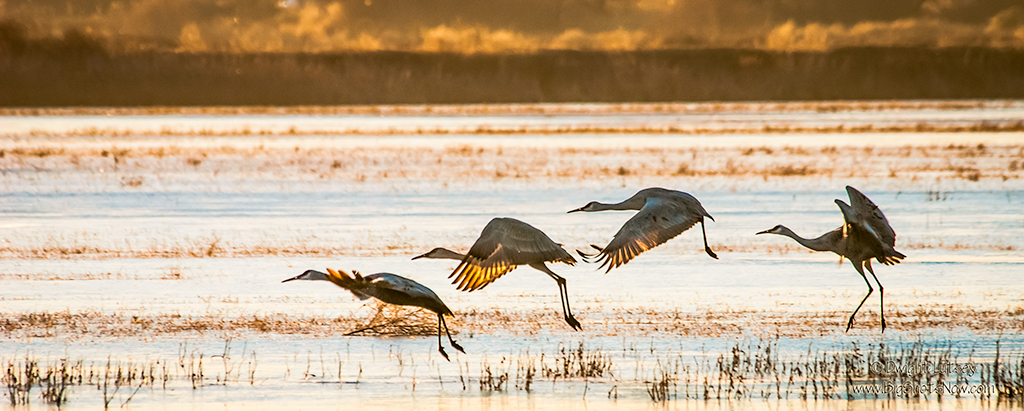
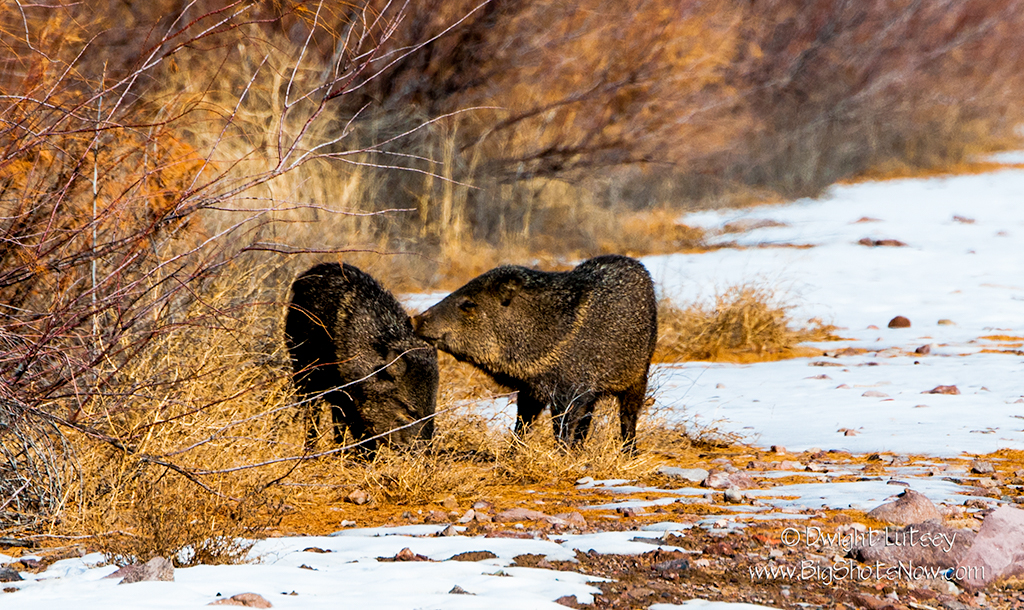

You must be logged in to post a comment.